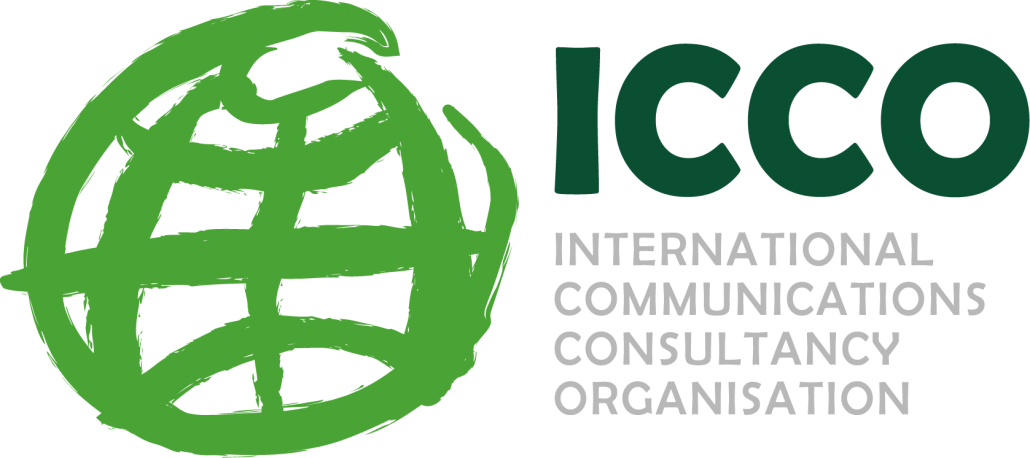Interview with ICCO's Regional President – Asia Pacific, Nitin Mantri
In December 2016 ICCO announced the appointment of 5 Regional Presidents, who represent the recently formed Regional Groups covering Europe, Americas, Middle East, Africa and Asia.
We chat to ICCO’s Regional President for Asia Pacific, Nitin Mantri, about his new role in the organisation, and his thoughts about the state of the Asian PR market.
You have recently been appointed ICCO’s Regional President for Asia Pacific. What does this mean to you, both on a personal and professional level?
I am excited about my role as ICCO’s Regional President for Asia Pacific because my beliefs have always resonated with the mission of ICCO. In India, I have been working towards setting consistency in standards, increasing the reach of the profession in the country and grooming the right talent.
What are your main priorities as ICCO’s Regional President – Asia Pacific?
My first priority is to increase membership across Asia. We would like to map an outreach to PR bodies in other countries, with focus on integrating all the regional bodies in the Asia Pacific region. In this regard, knowledge sharing will play an important role in highlighting ICCO’s contribution to the world of communications. We will also provide opportunities to consultancies to share case studies and campaigns from their regions; conduct regular country-specific surveys to understand dominant communications trends; articles and blogs and host seminars to encourage engagement.
We also plan to recognise great campaigns in the regions through a regional awards programme. I hope we can make Asia Pacific the epicenter of PR best practices and award winning campaigns.
What is your take on the state of the public relations industry in Asia Pacific?
In the Asia Pacific region, several economies, particularly China, India and Vietnam, are seeing consumers who have higher propensity to spend. This, along with social media, has changed the way consumers want brand experiences. Clients will increasingly look at local knowledge and consultancies that can engage through meaningful and creative content. The key is to provide integrated offerings that result in emotional and shareable campaigns on behalf of clients.
Therefore, PR consultancies are refreshing the way they hire talent, look at creativity and are enhancing their services from digital to data analytics.
Why did you get into public relations?
PR is in my DNA. Had it not been for a good friend suggesting PR as a career many years ago, I may not have entered the profession. The power to influence perception through creative engagement is what gives me the high.
In ten years’ time, what do you think will be the biggest change in the global communications industry?
Ten years is a long time 😊. The pace at which technology is changing and impacting the communications industry, it is difficult to predict the biggest change that will take place in the PR industry in 10 years. In the last 20 years from being prolific, today newspapers are struggling to figure out how to stay profitable with social media platforms giving us the freedom to engage directly with audiences. With each passing year, the way we communicate will change, but no matter what the future holds, the basic principles of PR will remain the same. PR will continue to tell a good, compelling story that informs, educates and inspires people, just the channels we use to communicate will keep changing. Of course, digital communication and content-driven campaigns will continue to drive growth in the PR industry in the years to come, with evolved versions of Virtual Reality (VR) and Augmented Reality (AR) coming of age.




